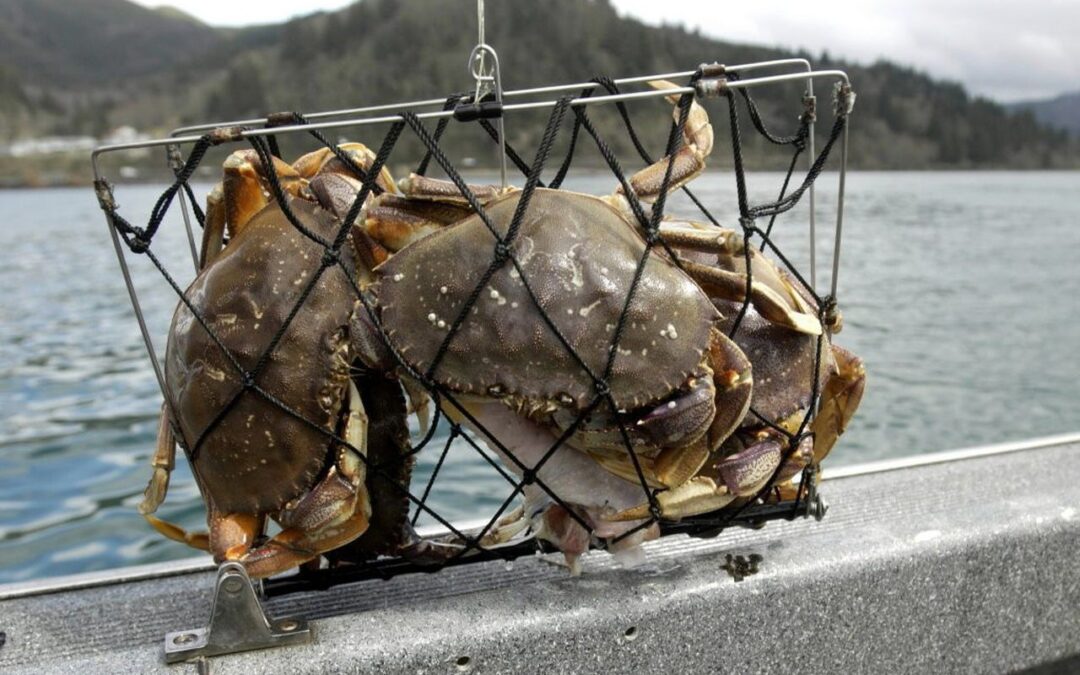
Depoe Bay Oregon Crabbing: What You Should Know
Depoe Bay Oregon Crabbing: What You Should Know
While we love Oregon for its myriad of fishing opportunities, some people tend to leave one species behind: Crabs! Depoe Bay Oregon Crabbing is a fun and fulfilling experience you can do yourself, with friends, or with family! Not only do you enjoy the pride of catching crabs, but you get to bring some home to cook a feast.
Depoe Bay Oregon Crabbing
Depoe Bay, the world’s smallest bay, attracts thousands of visitors yearly. It’s an ideal location not for its beauty but because it’s mere minutes from productive fishing opportunities along Oregon Coast.
You can go Depoe Bay Oregon crabbing here from the port docks. The area allows it from about 30 minutes before sunrise until 30 minutes before sunset. You’ll need to remove all crabbing equipment from the docks during the prohibited hours. Moreover, children under 14 years old must wear lifejackets, which the parents must provide.
Most times, you’ll get to catch Rock Crabs in Depoe Bay, which you can find in bays with rocky bottoms. You can also find Dungeness crabs, which like sandy bay bottoms and ell grass. If you find bays with rocky and sandy bottoms, you’ll likely catch Dungeness and Rock crabs!
Note that, while crab season is all year long in Depoe Bay, there’s a 24-crab limit regardless of the sex and size. Even if you can go crabbing any time of the year, we recommend crabbing in September, when they are more filled out with more quality meat.
Here are other things you must know about Depoe Bay Oregon Crabbing:
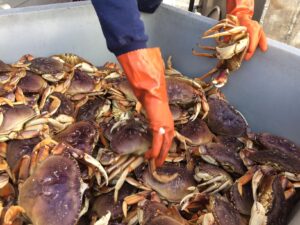
Crab Traps
One of the crucial things to get is a crab trap. You can either purchase a crap trap or rent one along Depoe Bay. Usually, there are three types of crab traps to rent:
- Danielson Crab Traps are “soakers,” which we recommend using in socks, boats, or piers. That means you need to pull the trap after it soaks for an hour or so. The usual size is 2 x 2 x 1 foot. The trap would use the crab’s instincts to trap itself, luring the crab with a bait bag into the cage through strategically-placed openings where they can enter but never escape.
- Ring Crab Traps would require you to bait crabs into the ring and then pull the trap up when you detect crabs inside. The most straightforward crab ring is the two-ring crab net. You just need to pull your Crab Rung up as quickly as possible when the outer ring forms a wall so crabs won’t escape. You must pull Crab Rings up every 5-10 minutes, though that depends on the crab activity.
- Crab Trappers are two metal-netted 24-inch sides. If these are lied flat, it will look like a 24-inch circle. It’s the only crab trap you can use from the beach or shore, though you can also use it on the dock, pier, and boat.
There is no best crab trap as it depends on your preference, strategy, and the crab activity for the day. If you plan to rent, there are places allowing you to rent one, two, or all three traps to experiment with what best works for you. The prices can range from $20-125 per set, depending on how many traps you want.
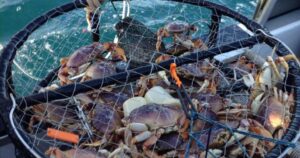
What Equipment to Prepare
Of course, it’s important to pack ahead and know what you’ll bring when going to Depoe Bay Oregon Crabbing. Besides the crab traps, here are other things to prepare:
- Crab bait like chicken, turkey, fish, mink, shad, clams, herring, carcass. We recommend bringing fresh bait.
- A bucket to place your caught crabs in
- Gloves to stay protected because crabs can snap!
- Crab measuring gauge to know the size of the crab and whether it’s worth keeping or not (let those smaller crabs go to grow)
- You will also need a shellfish license, which costs $10 for Oregon state residents and $19 for out-of-state residences. You’ll only require one license for every three crab traps. That said, Oregon offers visitors and residents to try crabbing without a license or tag during specific listed dates yearly, usually happening on the last week of November.
- Food, snacks, and lots of water! You’ll be out for hours, so it’s best to stay hydrated and filled up with all the work you’ll be doing.
- Money to buy bait, rent traps, rent kayaks, or join crab boats!
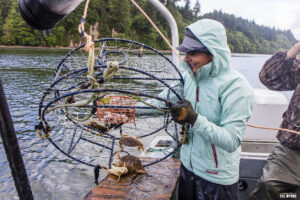
The Best Time to Crab
While you can go crabbing anytime within the allowed hours, some times are better than others. We recommend crabbing during slack water (slack tide), which is the time of peak low or high tide. During the swift tidal exchanges, the crab would usually bury themselves. During slack water, crabs are usually walking and foraging, feeling less affected by today’s currents.
We recommend harvesting crab during the one-hour time slot on every side of high tides for that day, giving you a two-hour time slot. The tides move slowly, so the crabs can roam around looking for food freely without having to fight the current. You can use this to your advantage, though you can trap crabs during other times of the day, too.
Once you’re done crabbing, you can head to the many different restaurants and tourist attractions Depoe Bay offers! Some restaurants and other places can cook your freshly caught crab just the way you like it for a small fee. Or, you can take it up a notch and go to the waters, trying your hand at fishing and joining charters.
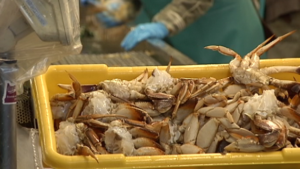
Wrapping It Up
If you plan to go Depoe Bay Oregon Crabbing, you must be prepared! You shouldn’t only prepare with the proper equipment, but also know the rules before heading to Depoe Bay to avoid any delays or penalties.
Hopefully, you learned a lot about Depoe Bay Oregon Crabbing! If you would also like to fish, consider hiring fishing charters as well! Feel free to contact us now to learn about our services and schedule.
Schedule your Oregon Fishing Charter Today!
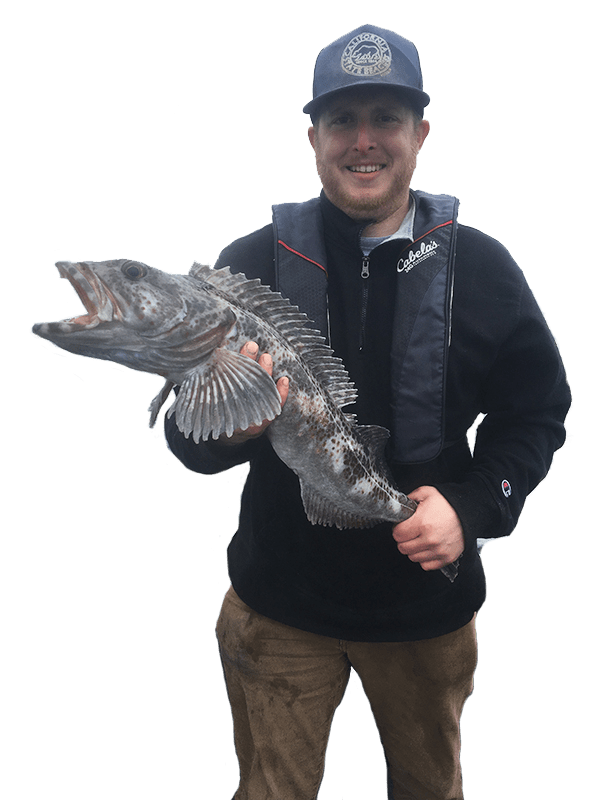

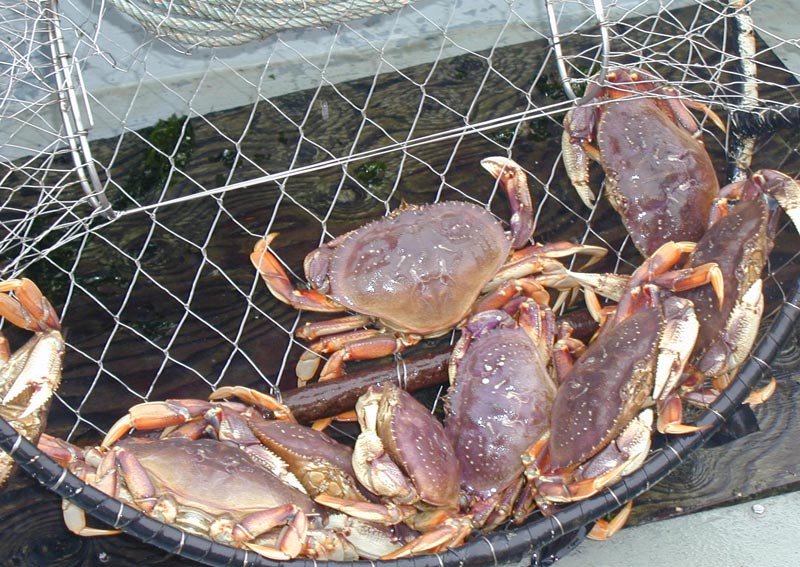
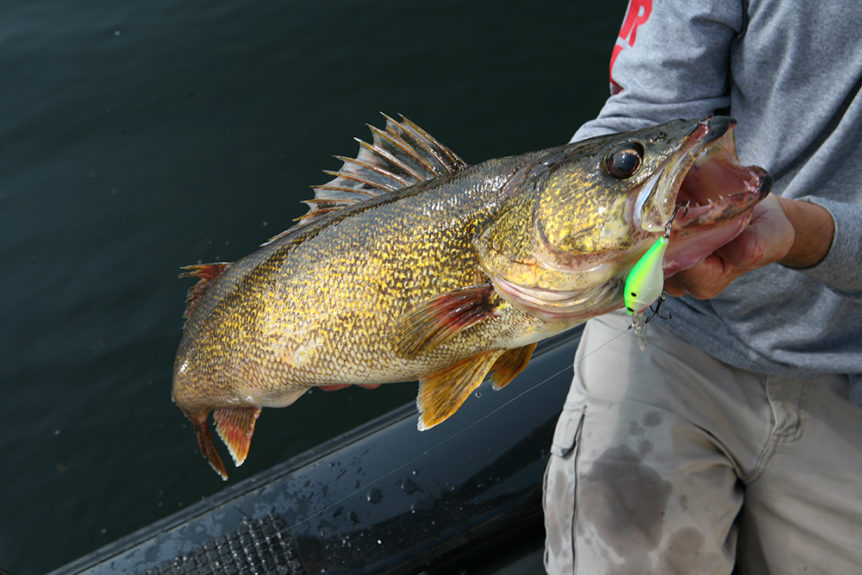
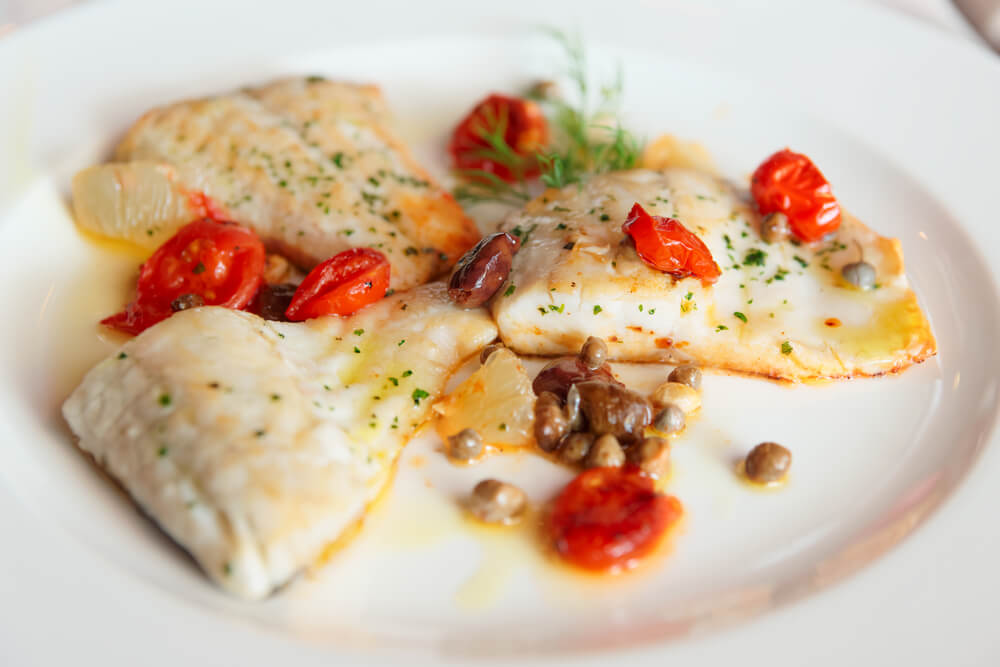


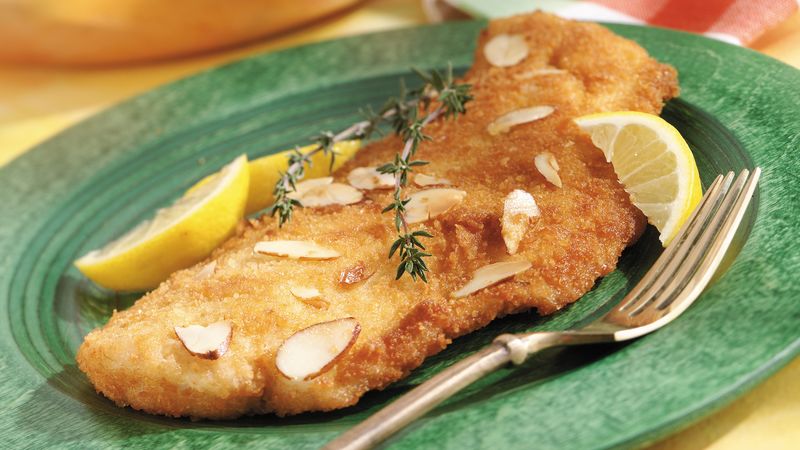
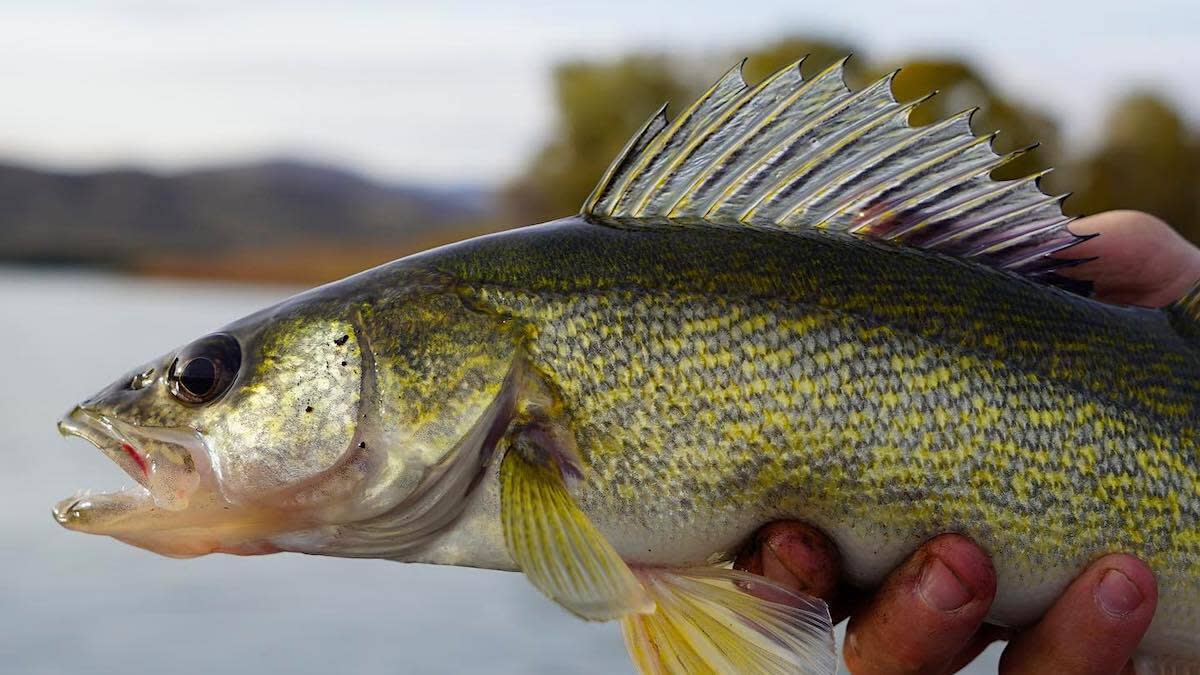
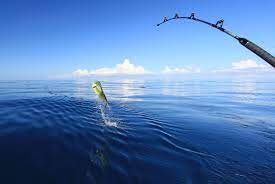
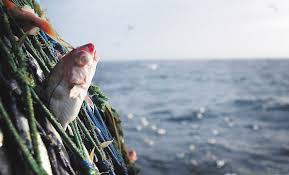
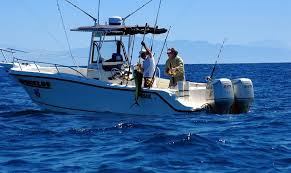
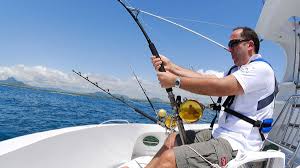
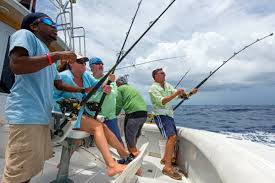
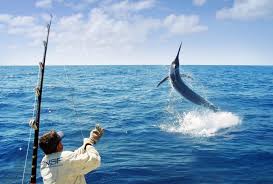
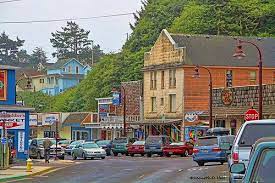

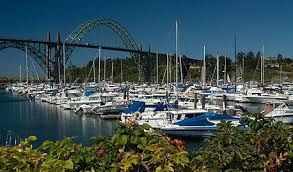
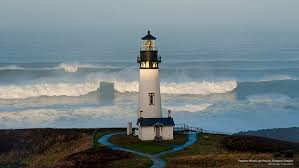
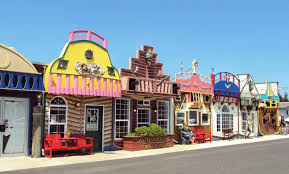
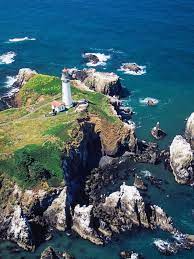
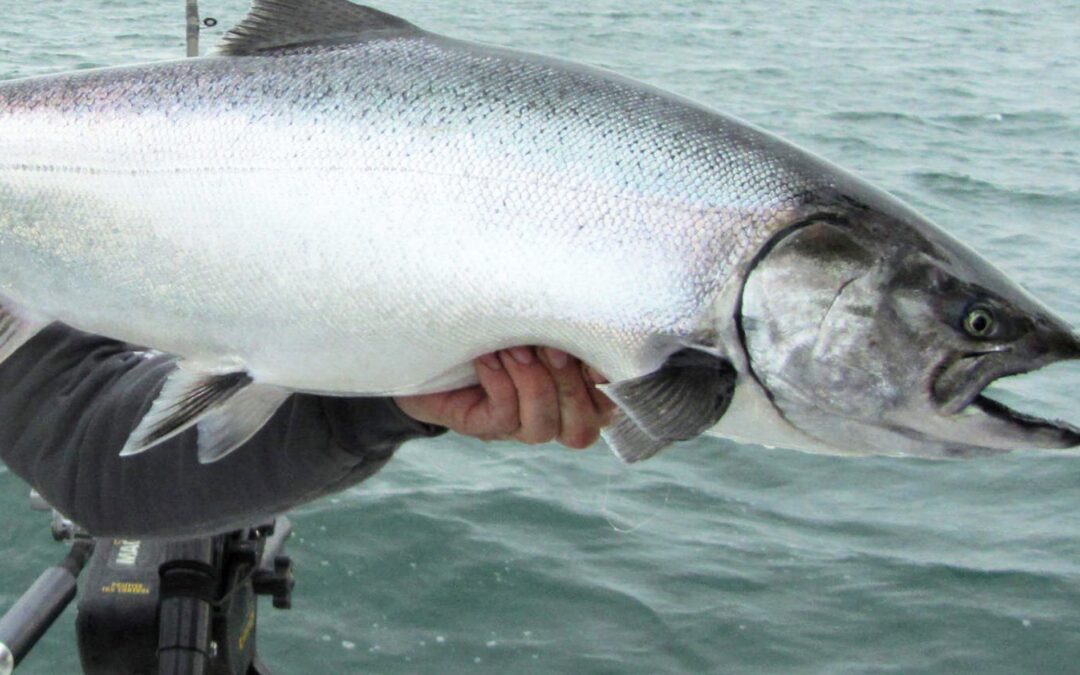
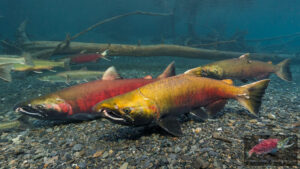
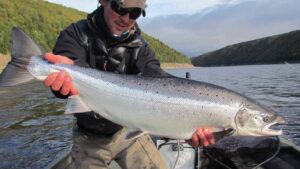
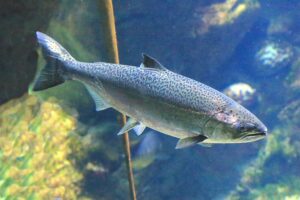
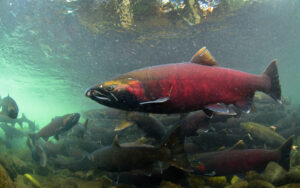
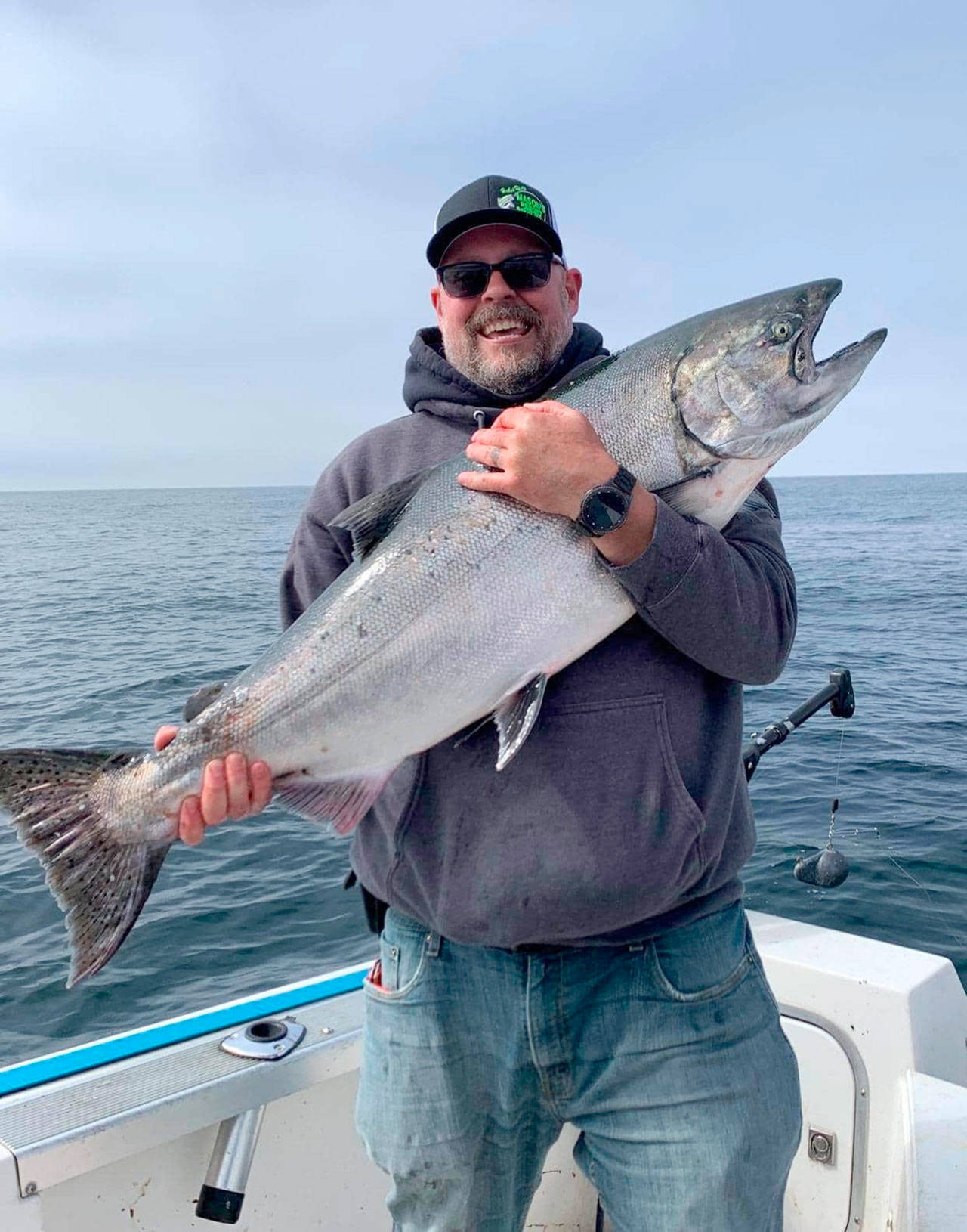
Recent Comments